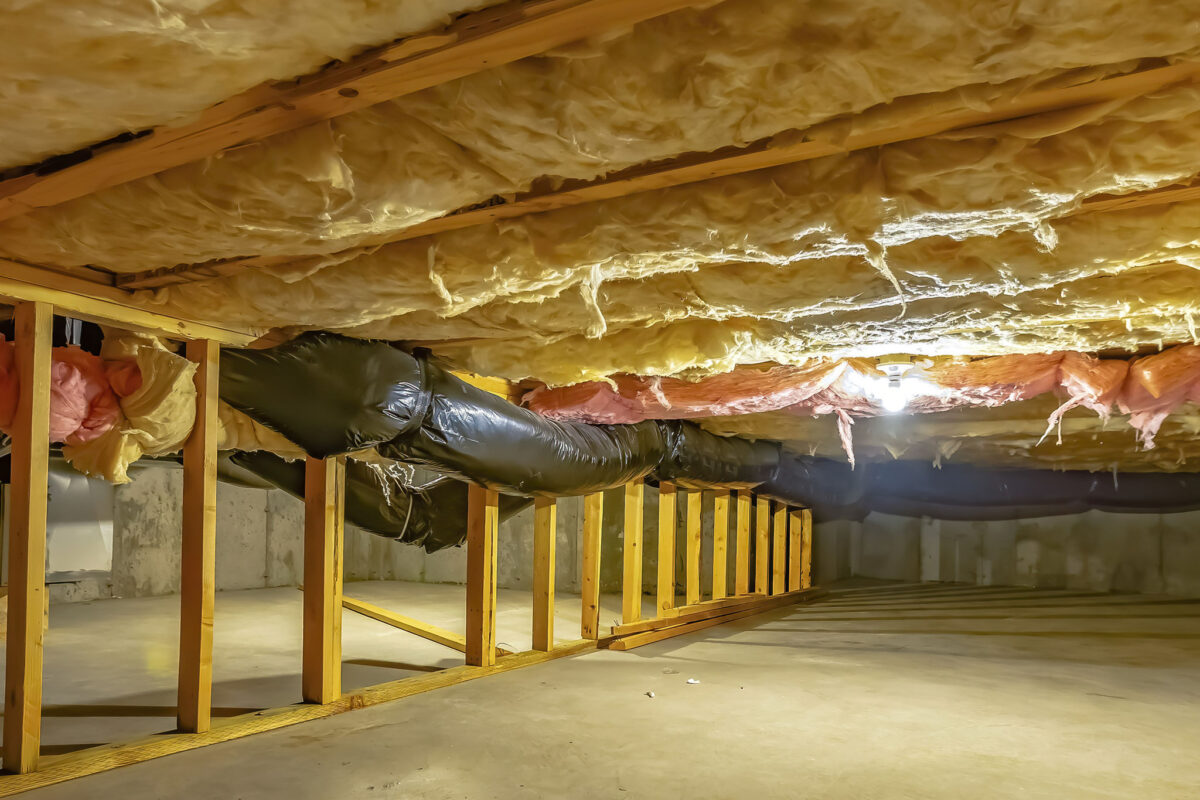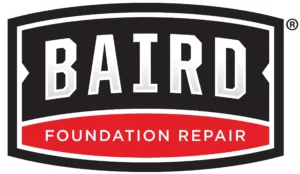
Crawl Space Encapsulation: What Does It Mean?
Have you been looking to confine your crawl space area? Are you wondering how the crawl space insulation works, and what it can do for your home? We’re here to give you the 411 on why you need a crawl space encapsulation system if your home has a crawl space.
Cons of an Open Crawl Space
A crawl space is a vacant area that lies just underneath the first floor of your house and the ground that your house sits on. Crawl spaces are between 1 to 3 feet in height, which is why it is called a “crawl” space: there’s not enough room for walking.
Crawl spaces host plumbing, electrical wiring, HVAC, gas lines, and the irrigation system of your home. Most homes with open-vented crawl spaces easily get dirty and become very damp, allowing access to mold, fungi, termites, rats, and other nuisances.
Keeping your crawl space open will allow moisture to enter easily, but how does this happen? Typically, your crawl space is cooler than the air outside. Once the outside air combines with the cooler air in the crawl space, humidity is created. As mentioned above, this creates the perfect environment for mold growth, fungi, and mildew.
If you’re hopeful that these nuisances will stay underneath your house, odds are they won’t. The warm air that enters your crawl space will rise again; this time into the living areas of your home, dragging whatever it can with it. This can include mold spores, dust mites, and the humidity that is already taking over your crawl space. This is known as a stack effect. Keeping your vents unsealed can also lead to wet insulation, wood rot, and higher electricity bills each month.
For these reasons, it’s important to have your vents properly closed off. In order to protect your foundation, a crawl space encapsulation will do the trick. This is a stress-free installation process and involves closing off your doors and vents, installing a sump pump, a CleanSpace® Vapor Barrier, and bringing in an ENERGY STAR® certified dehumidifier. When done correctly, it prevents the passage of air from the crawl space to your living environment and creates healthier living conditions. But there must be a proper drainage system around your crawl space and no signs of mold or mildew growth in your crawl space to begin the encapsulation installation; otherwise, your crawl space will not be ready to be safely and effectively encapsulated.
Poor Drainage Around the Foundation:
An inadequate drainage system allows water to keep seeping into your crawl space. Leaks or excess moisture from a poor drainage system will attract mold, mildew, or fungi. If you see standing water near your crawl space, contact a structural engineer or drainage company before pursuing encapsulation to safeguard against any future infestations.
Mold Growth:
If you have mold growing in your crawl space or HVAC equipment, you’ll need to clean it up before an encapsulation project traps it under your house.
After verifying that you’re in the clear, our experts at Baird Foundation Repair will be able to proceed with encapsulation.
How to Seal or “Encapsulate” Your Crawl Space
Some crawl spaces aren’t ready to be encapsulated if they have mold growth or poor drainage. But once those issues are resolved, crawl space encapsulation can be safely and properly installed. Here are the encapsulation steps to seal and protect your crawl space:
Add a CleanSpace® Vapor Barrier
Attaching a vapor barrier will help to keep moisture out of your crawl space and mildew or mold growth off its surface. This is a necessary step to protect the structural integrity of your crawl space and the health of those living in your home.
Seal Off All Vents/Doorways to Outside
Preventing humid outdoor air from entering your crawl space is essential. To make this happen, we seal off crawl space vents using foam board and spray foam insulation. A foam board will be attached to the crawl space door and foam insulation will be attached to all crawl space walls.
Air Seal Any Gaps and Cracks
Seal off any remaining gaps and cracks with spray foam, whether it be AC drain line runs, plumbing penetrations, wiring, etc. This will help prevent excess moisture and unwanted pests from infiltrating your crawl space.
Install an ENERGY STAR® certified dehumidifier, the SaniDry Sedona
Lastly, keep your crawl space dry. Completing the above steps will go a long way toward keeping your crawl space dry and clean. However, moisture barriers, air barriers and thermal barriers aren’t always able to keep humidity levels away. For that reason, installing a drying mechanism, such as a dehumidifier, is essential. These devices are designed to fit your crawl space and drain directly to the outdoors, making certain that your space will remain in tip-top shape. At Baird Foundation Repair, we use the ENERGY STAR® certified dehumidifier, the SaniDry Sedona. Our certified dehumidifier will lower your electricity bill by removing 100 pints of moisture per day!
Benefits of Sealing a Crawl Space
Once your home encapsulation project has been completed, you’ll be able to enjoy benefits such as:
- Mold protection
- Improved air quality
- Avoiding structural damage
- Safer home
- Cheaper utility costs
- Fewer pest incursions
If you feel that your crawl space needs urgent encapsulation, contact Baird Foundation Repair today for a free inspection. Let us help get you the home that you deserve.
Baird Foundation Repair , crawl space , foundation repair , home maintenance , sinking floors
